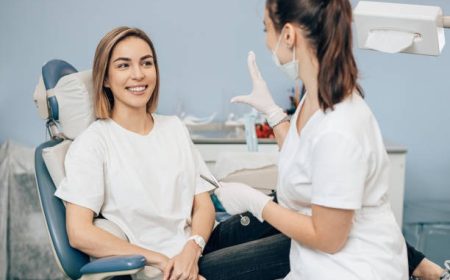It can be challenging to bring pets in for surgery. Here is a comprehensive guide to what you should do before having surgery on your pet.
What should pet parents know before the surgery??
How does taking your pet in for surgery at a veterinary clinic feel? Even if your pet is undergoing routine surgery, “emotional” probably best describes how you feel because leaving the clinic without your pet is the worst. However, knowing that your pet is receiving the best care is reassuring.
What types of surgeries are there?
Your pet may require one of three types of pet surgery services at some point. It may include spaying or neutering in the procedure you choose for your pet. A surgical procedure recommended by your veterinarian for your pet’s health and well-being, such as tumor removal, is not optional but can be planned.
Emergency surgery is an option if your pet is injured or conflicts with another animal. In the worst-case scenario, you will require more time to prepare your pet for surgery, but you will still need to know how to care for it while it is recovering.
How should you get your pet ready for surgery?
First, help your veterinarian by providing your pet with the best pre-op care possible. Although the surgery is sterile, you would be surprised how many dogs are brought in in filthy conditions. Before shaving, the pet is naturally cleaned, clipped, and prepared.
However, if its hygiene level is “muddy,” your pet will require unnecessary anesthesia to clean enough to scrub up. It’s where maturity comes into play. What you do (or don’t do) 24 hours before an operation can impact how safe your pet’s procedure goes.
To avoid any problems, it is crucial that your pet receives preventative care like dog parasite prevention. For more details on preventive care, speak with your veterinarian.
The pet must fast for the procedure.
You have control over a potentially fatal situation. Unless otherwise instructed by the veterinarian, never feed your pet on the morning of surgery. This rule applies to both cats and dogs. (For example, guinea pigs or rabbits should never fast before surgery.)
Dogs and cats must be empty before receiving anesthesia due to the loss of their ability to swallow during anesthesia. If the stomach contracts and forces vomit into the mouth, the dog or cat cannot eat it. If they do not have a tube, they risk breathing vomit into their lungs.
Inhaled vomit causes two issues:
- The patient suffocates because of the obstruction of the airway.
- When stomach acid enters the lungs, it can cause pneumonia.
You can easily avoid this by refusing your pet food for the night. The standard recommendation is:
- Give your pet their final meal the day before, preferably before 10 p.m.
- Water can be left in the bowl overnight, but you should remove it around 7 a.m.
- You should not give them breakfast and snacks.
- No treats on the morning before the surgery.
If your pet has a medical condition that makes food restriction difficult, consult your veterinarian for specific instructions (such as diabetes). While under anesthesia, starved animals can still experience gastric reflux, but there is a lower risk of severe side effects when the stomach is empty.
While under anesthesia, the valves that seal off the stomach also relax. It is not uncommon for some stomach acid to leak into the gullet while the animal sleeps. If the procedure is completed quickly, the natural esophageal defenses keep the acid away from the delicate tissue.
For more lengthy procedures, the pet may experience heartburn-like symptoms. Post-surgery symptoms include drooling, vomiting after eating, and loss of appetite. Antacid medication is usually effective in treating it.
Conclusion
You might want to starve your pet before surgery. Remember that your veterinarian has your back because they have procedures to anticipate issues like gastric reflux, lowering the risk of harm. However, let us avoid adding unnecessary stress or difficulty to our lives.








